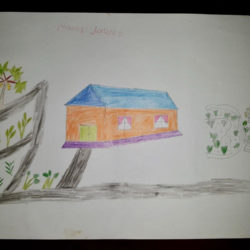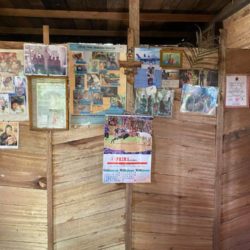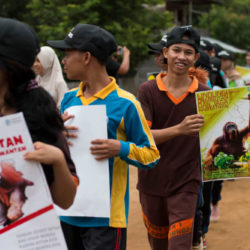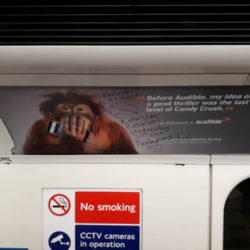Mediation and Representation
Orangutans did not become internationally famous overnight. Rather, representations of them have changed over the years. In the nineteenth and early-twentieth centuries, for example, orangutans were widely depicted as wild, uncannily human-like creatures to be collected by colonial officials, travelers and naturalists as trophies or specimens. It was only from about the 1960s and 1970s that—thanks to a combination of scientific interest, advocacy and emerging environmentalist trends—orangutans became framed as endangered species that needed to be saved. Their visibility as such grew further from the mid-2000s, when they were increasingly cast as victims of the oil palm industry, which was destroying rainforests in Borneo and Sumatra. Most recently, orangutans and their rainforest homes have become potent symbols of planetary health and well-being, their fates linked to climate change, massive biodiversity loss, and transboundary environmental threats such as forest fires and transboundary haze.





